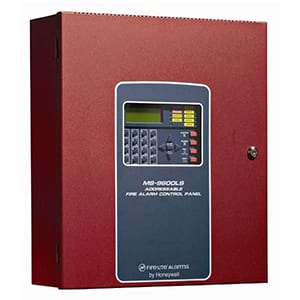On January 2, 2019, the FDNY issued Technology Management Bulletin #01-01/2019. Effective immediately, this bulletin gives engineers and building owners a path to legalize an existing sprinkler alarm system that was installed pursuant to the 1968 NYC Building code, but never approved. This can allow for significant cost savings for building owners who want to renovate areas in their building, but don’t want to trigger the installation of a completely new fire alarm system.
When Can You Legalize an Existing Sprinkler Alarm System?
In order to qualify for legalization, your project must meet the following criteria.
- Fire zone must be 22,500 s.f. or less, with the length not exceeding 300’ in any direction.
- The nomenclature and number of the alarm and supervisory initiating devices shall be consistent with the code in effect including, but not limited to:
- Waterflow device
- Tamper switches
- Air-pressure switches
- Water level supervisory device
- Temperature supervisory device
- The transmitter shall not be used as a replacement of the standard approved interior fire alarm panel.
- All equipment must be MEA or BSA listed.
- Legalization should not trigger the need to install any additional initiating devices other than those required by NFPA 13 and NFPA 72.
What is the Process for Legalization?
To legalize an existing sprinkler alarm and supervisory monitoring system, the following documentation must be submitted to the FDNY.
- A valid copy of the Certificate of Occupancy or Letter of No Objection from the Department of Buildings. This can typically be provided by the project’s expediter.
- Application for Terminal assignment (Form FA-17). This would be provided by the electrical/fire alarm contractor.
- A valid copy of Monitoring Agreement from an approved Central Station Company. This would be provided by the electrical/fire alarm contractor.
- As-built riser diagram signed and sealed by a registered design professional. This can be provided by the electrical/fire alarm contractor, or obtained from building ownership. The project’s engineer would sign and seal.
- An electrical contractor application form (A-433B). This would be provided by the electrical/fire alarm contractor.
- A request for inspection (Form B-45M). The expediter would provide this.
Contact us today for help getting your sprinkler alarm system legalized!


